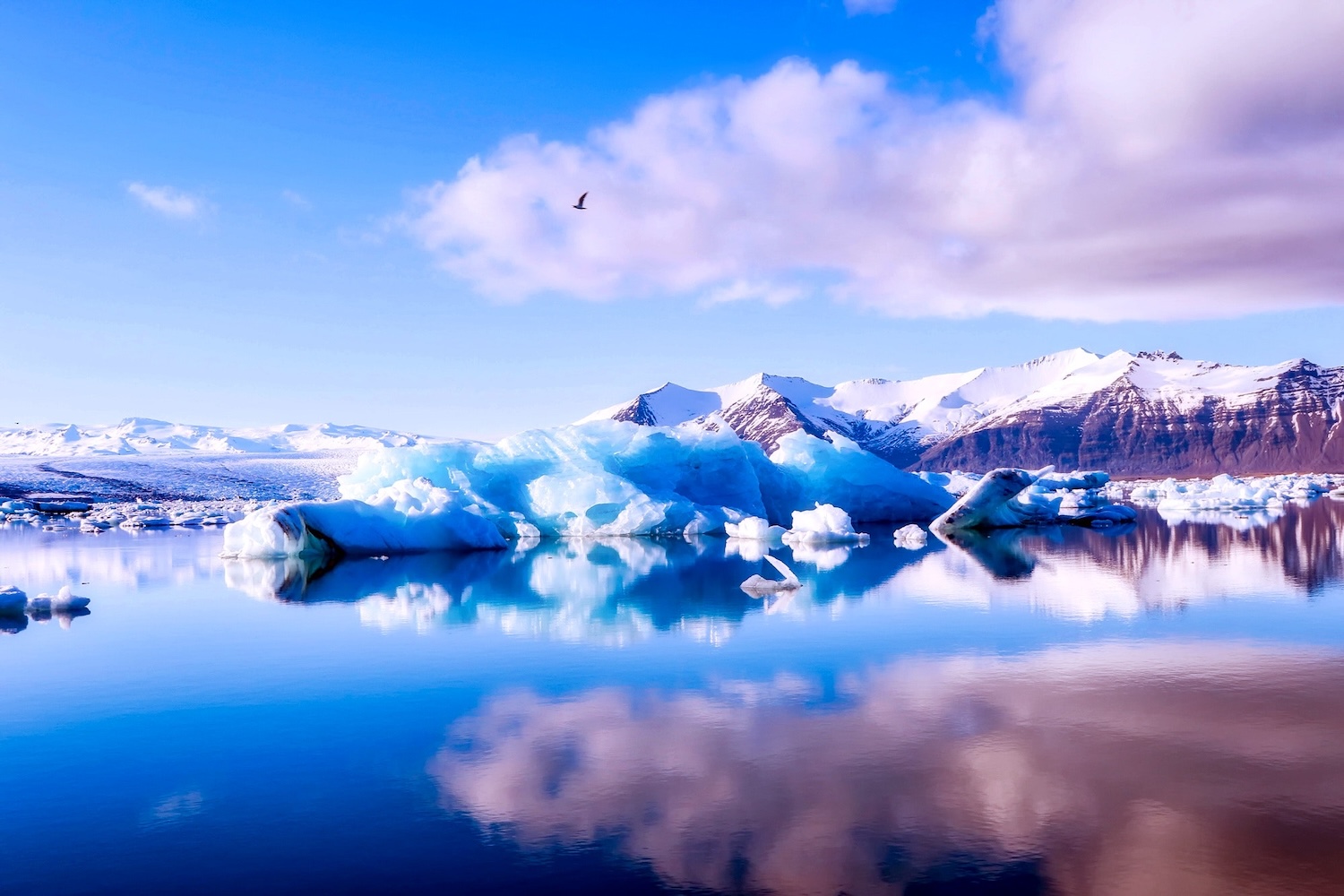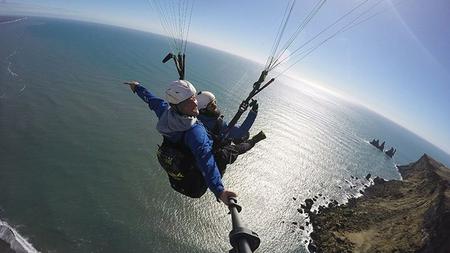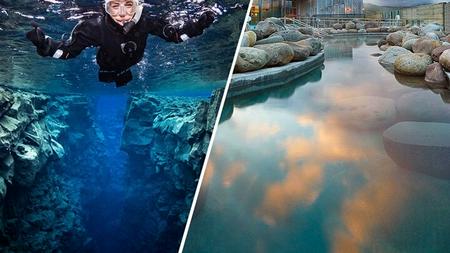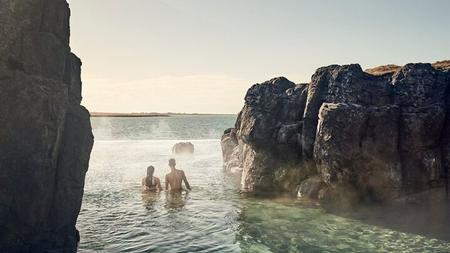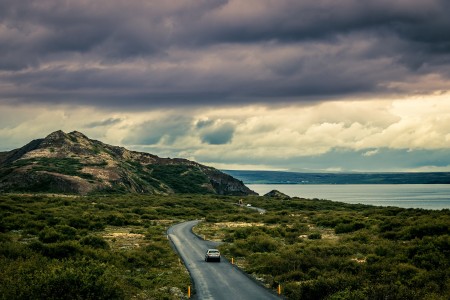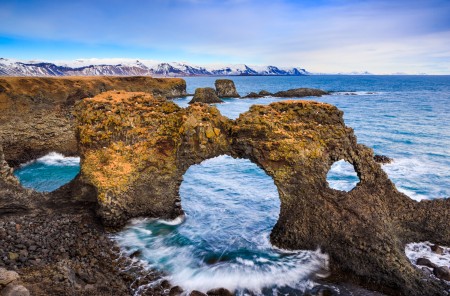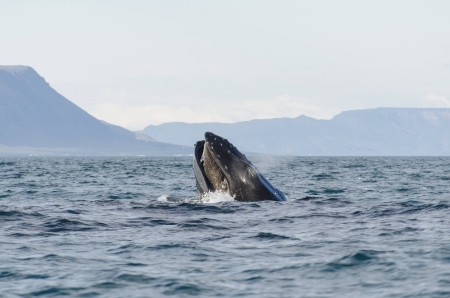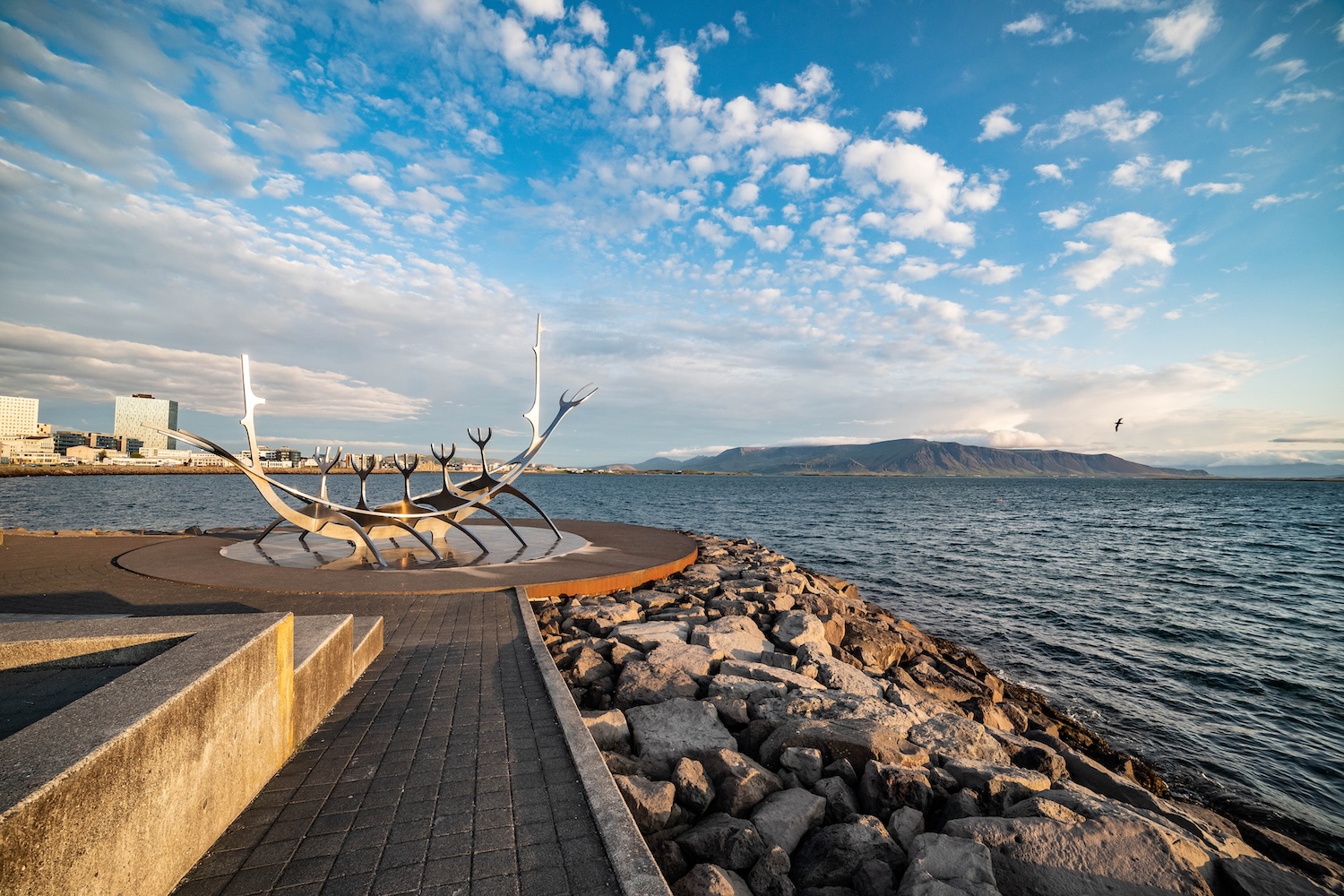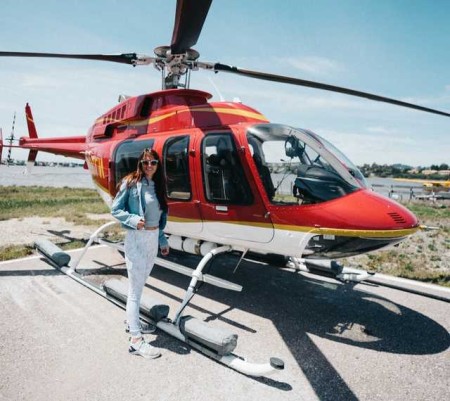Geography has everything to do with Icelandic culture. Dubbed ‘Niceland’, it seems like everyone who visits wants to go back again and again. With good reason. For starters, you are immediately on a first name basis with everyone - yes everyone - because last names don’t actually exist. That fact alone makes you feel right at home. Moreover, Icelanders are typically charming and disarming. Visitors are warmly welcomed in a land where traditions have changed little over time. But, far from being stuck in the past, Icelanders are social trendsetters and have been since the beginning.
As one of the last countries to be populated by humans, Iceland was also the first to establish a parliamentary system of government (930 AD). In fact, IÞingvellir National Park is considered the birthplace of parliament and is World Heritage Listed in honour of its historic significance. This says a lot about Icelanders today. They are independent thinkers and follow their own set of social morays, embracing tolerance and a healthy respect for freedom of expression. This influence particularly flows through their contemporary arts, culture and music scene. Iceland has given the world artists like ‘queen of quirk’ Björk and rock band Of Monsters and Men, and Sigur Rós, along with several film and TV actors. On the literary front, icelanders are prolific writers with 10% of the population having published books. Traditional writings tend to focus on fantasy and mysticism. It’s a well known fact that the majority of Icelanders believe in trolls and elves. The Icelandic Phallological Museum, which has the largest collection of penises in the world, even boasts troll penises among its exhibits. Speaking of exhibitions, Reykjavik has many excellent art galleries and museums and its possible to spend days absorbed in the cultural and artistic influences of the past and present.
In between times, there’s always eating and drinking to keep you going. Reykjavik has great cafes, bars and restaurants to choose from and while most offer contemporary cuisine, there are the exceptions. The protein staples of Iceland are fish and sheep and you might find some interesting inclusions on local menus that take a little getting used to. Kæstur hákarl (fermented shark) is definitely an acquired taste and for those with more adventurous palates while svið (smoked sheepshead) is another to add to that list. In the case of kæstur hákarl, small portions of the fish are followed with shots of Brennivín, or Svarti dauði (Black Death), Iceland’s traditional tipple of choice (after Vodka that is!). It’s pretty much a source of entertainment for the locals to coax the uninitiated visitor into trying these and other traditional delights. If you’re in the mood for home-style cooking and home-grown hospitality you need to meet Iris and Nonni, who’ll happily whip up a hearty meal, while sharing with you, their expert knowledge on everything Icelantic. Mid-winter is the time for traditional feasting with a week-long festival dedicated to the Norse God of Thunder, Por. Summer festivals also focus on food and beer and with daylight hours virtually 24/7 at this time of year, the ‘nightlife’ gets genuinely hectic.
Sitting on the Arctic Circle, summer is the peak time to visit the region for a million other reasons too. Tourism is among Iceland's top exports. This is a country of ‘fire and ice’ contrasts, breathtaking landscapes and unforgettable experiences. For those with the time to venture beyond Reykjavik, you’ll discover all the enchantment of a rugged, stark and sprawling wilderness bordered by magnificent fjords. From geothermal springs, ice caves, glaciers and waterfalls to a raft of active and extinct volcanoes it’s easy to find and explore a myriad of exciting adventures whether on foot, bike, buggy or by air, sea and road.
Quaint colourful houses in the towns and villages decorate the hills and roadsides and are a welcome site when travelling in the sparsely populated countryside. And there’s the baths. The national pastime is bathing and there are spots to bathe and refresh a weary traveller’s body just about everywhere along your journey. Perhaps the most famous and easily accessible of the natural hot spas - given their proximity to Reykjavik - is the Blue Lagoon and Secret Lagoon. The Secret Lagoon is on private property and makes for a must-do secluded experience as part of any tour of the Golden Circle - the country’s most popular tour route.
The Golden Circle is a 300 kilometre loop that takes you deep into the heart of iceland’s south west. The region encapsulates many of the innate characteristics of the country’s geology. Highlights include the geothermal Geysir area, the famous Gullfoss waterfall and Þingvellir National Park. Within easy reach of the Snæfellsnes Peninsula or the waterfalls, columned cliffs and coastal beaches of the south, travelling in the south west region will give you every reason the make the most of your icelandic stay.
Because summer is filled with daylight hours the best time to visit if you want to go hunting the spectacular northern lights is during the winter months between October and March with some less common appearances in September (autumn) and April (spring). You can always check Iceland’s official meteorology site for the latest on Aurora Forecasts. The winter brings its own special beauty too, with city streets and wild landscapes blanketed in snow, warmth is found in the Christmas celebrations, warm light rooms with blazing fires and delicious slow-cooked fare on dining tables.
If you hanker for authentic travel experiences, Iceland is a must-do to add to your itinerary. Take a look at Gifting Owl’s tour offerings and you’ll quickly realise there’s a lot to pack into your stay.
